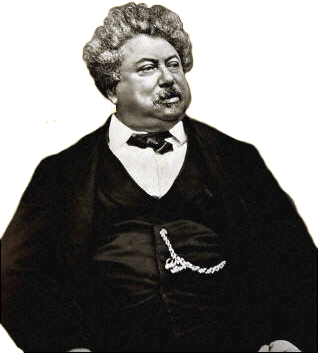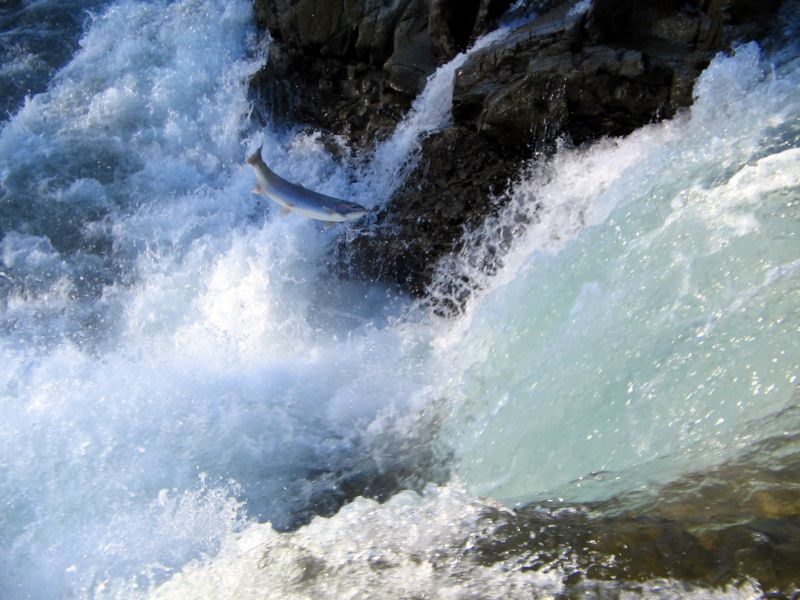|
||||||||||||||||||||||||||||||||||||||||
|
Ostensibly the journal of a young Frenchman who traveled to California during the Gold Rush, A Gil Blas in California is rich with the kind of detail only a skilled novelist like Alexander Dumas could provide, as in this passage describing salmon running the Sacramento River. In Sacramento are found great quantities of salmon which are also numerous throughout its affluents. The salmon leave the sea in spring and ascend the river in swarms for 500 miles. By following the main stream no obstacles are encountered, but on beyond, whether following the Sacramento or venturing up its affluents, their ascent is impeded by cascades, by dams made by the Indians or erected by farmers for some definite purpose, or even by gold-seekers, exploiting the rivers.Alexander Dumas—author of books like The Count of Monte Cristo and The Man in the Iron Mask—never saw California, making the vibrant descriptions contained in the 1852 book A Gil Blas in California especially remarkable. |
|||||||||||||||||||||||||||||||||||||||
|
© 2000-2013 California Legacy Project, Santa Clara University English Department, Santa Clara University, 500 El Camino Real, Santa Clara, CA 95053.
For more information: Terry Beers, 408 554 4335, or . 



|
|

|









